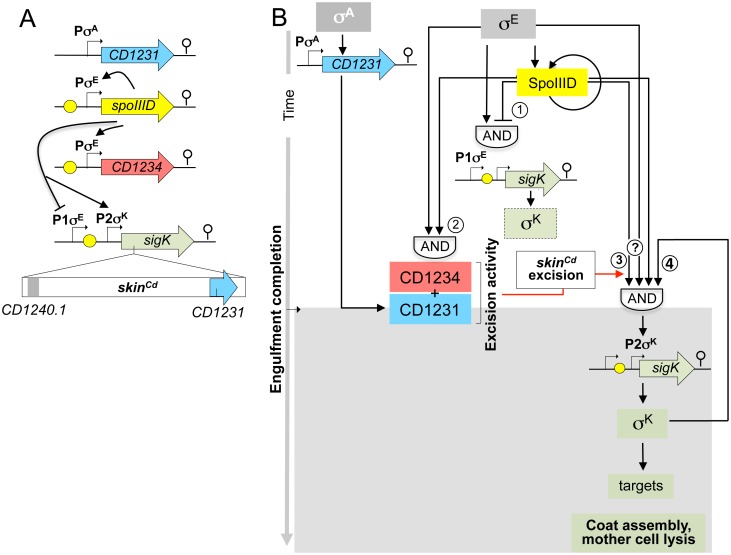Fig 9. The sporulation network leading to skinCd excision and σK activation in C. difficile.
A: schematic representation of the genes involved in skinCd excision and σK activation in C. difficile. Bent arrows show the promoters and yellow dots represent putative SpoIIID binding sites. The lines represent the control exerted by SpoIIID over the indicated genes. B: model of the organization of the mother cell transcriptional network. σE drives production of SpoIIID, which then activates transcription of both CD1234 and sigK P2. CD1234 and probably also sigK P2 (the later indicated by a question mark in A and B) are under the control of a coherent FFL with an AND gate logic (2 and 3 in the figure) established by σE and SpoIIID thought to delay skinCd excision (which also requires the CD1231 recombinase) and the main period of sigK transcription to post-engulfment sporangia. Then, a positive auto-regulatory loop combined with a positive control by SpoIIID leads to an increase in sigK transcription at P2 (4 in the figure) and to σK activity. SpoIIID may also repress transcription from the σE-dependent sigK P1; the two regulatory proteins could thus form an incoherent FFL with an AND gate logic (1 in the figure), which could result in a low level of sigK transcription during engulfment. Transcription from sigK P1 would be shut-off coincidently with activation of P2. Possibly this would lead to a pulse in the production of σK in some cells in which skinCd is excised during engulfment (indicated as a dotted box in figure). As shown by correlating transcription of σK-dependent genes with stages of morphogenesis using single cell analysis, the onset of the main period of σK activity coincides with the transition from phase grey to phase bright spores, presumably when synthesis of the spore cortex is finalized and the final stages in the assembly of the spore coat and exosporium begins.

